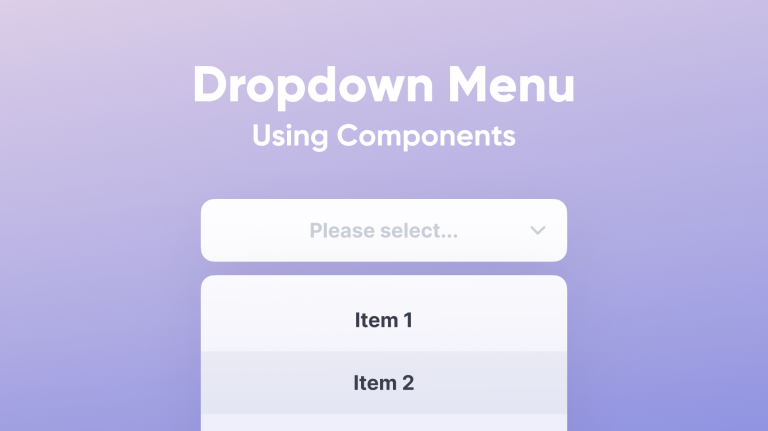What are web containers?
Web containers, also known as servlet containers, are crucial components in the world of web development. They provide the runtime environment necessary for web applications to execute. A web container manages the lifecycle of servlets, maps URLs to specific servlets, and ensures that web applications run smoothly and securely.
The Role of Web Containers in Web Development
Web containers are essential for developers as they handle many underlying processes, allowing developers to focus on writing code. They manage the following key functions:
- Lifecycle Management: Web containers control the creation, initialization, and destruction of servlets, ensuring that resources are efficiently utilized.
- Request Handling: They receive HTTP requests from clients, pass them to the appropriate servlets, and then send back the HTTP response to the client.
- Concurrency Management: Web containers manage concurrent request handling, ensuring that multiple client requests can be processed simultaneously without conflicts.
- Security: They provide a secure environment by managing authentication, authorization, and data encryption processes.
How Web Containers Work
Web containers operate based on the following components and mechanisms:
Servlets and Their Lifecycle
A servlet is a Java program that runs on a web server or application server and handles client requests. The servlet lifecycle includes:
- Loading and Instantiation: The servlet class is loaded and an instance is created.
- Initialization: The
init()method is called to initialize the servlet. - Request Handling: The
service()method processes client requests. Depending on the request type, it may calldoGet(),doPost(),doPut(), ordoDelete(). - Destruction: The
destroy()method is called to release resources before the servlet instance is garbage collected.
Deployment Descriptor
The deployment descriptor (web.xml) is an XML file that configures the servlets, filters, and listeners. It maps URLs to servlets, defines initialization parameters, and configures session settings.
Container-Managed Security
Web containers enforce security constraints defined in the deployment descriptor. This includes authentication methods (basic, digest, form-based, or client-cert) and authorization rules specifying which users or roles can access certain resources.

Key Features of Web Containers
Scalability
Web containers are designed to handle high traffic loads. They support load balancing and clustering, distributing requests across multiple servers to ensure optimal performance and availability.
Session Management
Web containers manage sessions to maintain state information between requests. They use session tracking techniques such as cookies, URL rewriting, and SSL sessions.
Resource Management
Efficient resource management is critical for performance. Web containers manage threads, database connections, and memory, ensuring resources are allocated and released appropriately.
JSP Support
Web containers also support JavaServer Pages (JSP), allowing dynamic content generation. JSPs are compiled into servlets, which are then managed by the container.
Popular Web Containers
Apache Tomcat
Apache Tomcat is an open-source web container developed by the Apache Software Foundation. It supports servlets and JSPs, providing a robust and scalable environment for web applications.
Jetty
Jetty is a lightweight, highly configurable web container often used in embedded systems. It supports modern web protocols and is known for its performance and scalability.
GlassFish
GlassFish is an open-source application server that includes a web container. It supports servlets, JSPs, and other Java EE components, providing a comprehensive environment for enterprise applications.
JBoss
JBoss, now known as WildFly, is a powerful open-source application server that includes a web container. It supports a wide range of Java EE technologies, making it suitable for complex enterprise applications.
Conclusion
Web containers are integral to the functioning of web applications. They handle numerous tasks, from managing servlet lifecycles to ensuring security and scalability. Understanding the intricacies of web containers helps developers create efficient, secure, and scalable web applications. Popular web containers like Apache Tomcat, Jetty, GlassFish, and JBoss each offer unique features tailored to different needs, making them invaluable tools in modern web development.
Read More What Is jQuery?







